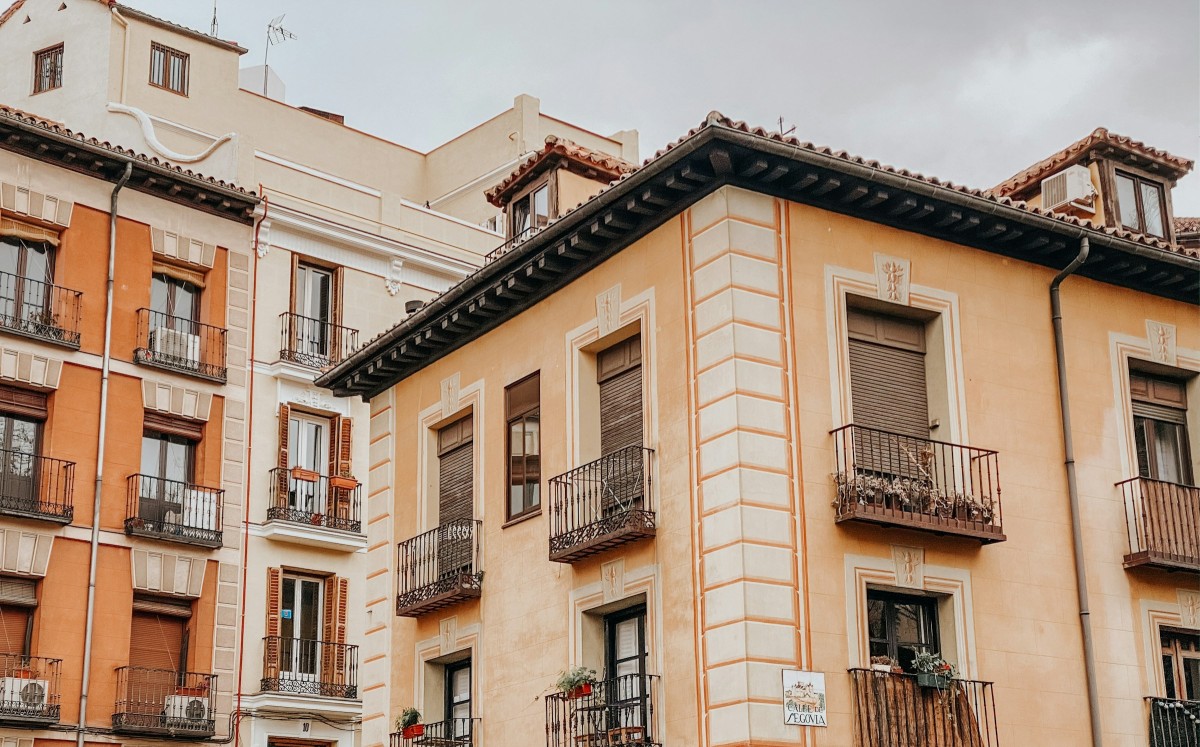
Moving house in Spain can be a stressful and time-consuming process. From packing and transporting your belongings to cleaning and settling in, the practicalities of relocating are often just the start. On top of this, there are important official steps to complete to ensure your documentation and registrations are updated correctly.
Whether you’re moving within Spain or relocating from abroad, it’s crucial to update your official records to avoid future complications. In this guide, we outline the seven key official changes you need to make when you move house in Spain.
- Update your municipal registration (empadronamiento)
- Change Your NIE address and passport information
- Register with your new health centre and hospital
- Notify the Directorate General of Traffic (DGT) about your new address
- Inform the tax office (Agencia Tributaria) of your change of address
- Update your bank with your new address
- Cancel and set up utility bills for your new home
- Final tips when moving house in Spain
Update your municipal registration (empadronamiento)
One of the first steps when moving house is to update your empadronamiento, the official municipal register of residents. This registration proves your legal residence in a specific municipality and is often required for other administrative processes.
- Book an appointment online at your new town hall or municipal office.
- Bring the required documents, which may include your ID, rental contract or property deed, and a completed registration form.
- Each municipality regulates this independently, so check the official website for your new area.
Change Your NIE address and passport information
Your NIE (Número de Identidad de Extranjero) is the essential foreigner identification number in Spain. When you change residence, you must update the address linked to your NIE.
- Obtain a certificado de empadronamiento (proof of registration).
- Changing your NIE address is free of charge.
- If your new home is your primary residence, consider updating your passport details accordingly.
- Appointments can be booked through official Spanish government websites (note: typically in Spanish).
Register with your new health centre and hospital
Your local health services depend on your registered address.
- When you move to a different town or even a new district within the same city, update your registration at your nearest Centro de Salud (health centre) and hospital.
- Registration can usually be done online or in person at a Social Security office.
- This ensures you receive healthcare and notifications relevant to your new location.
Notify the Directorate General of Traffic (DGT) about your new address
Even though your address is not printed on your Spanish driving licence, the Dirección General de Tráfico (DGT) must have your current contact details.
- Updating your address is free.
- Submit proof of your new address such as a utility bill or empadronamiento certificate.
- If you live in a regulated parking zone, apply for a resident parking permit specific to your neighbourhood.
- Application forms are available in Spanish and some regional languages on the DGT website.
Inform the tax office (Agencia Tributaria) of your change of address
Keeping your tax records up to date is vital, especially if you move to a different Autonomous Community in Spain, as tax rules vary by region.
- Notify the Agencia Tributaria to ensure you receive important tax notifications and avoid penalties.
- The official tax agency website provides services in English for expatriates.
Update your bank with your new address
To keep your financial affairs in order, notify your bank of your new address.
- Visit your local branch or use online banking services.
- Ensure your bank statements and communications are sent to the correct address.
Cancel and set up utility bills for your new home
Don’t forget to manage your utility accounts when moving:
- Cancel or transfer water, electricity, gas, and internet contracts from your old property.
- Set up new accounts or change the account holder’s name if utilities are already installed in the new home.
- Contact each utility company directly or use their online portals to make these changes.
Final tips when moving house in Spain
- Always keep copies of all official documents related to your move.
- Allow sufficient time for appointments and processing, especially for empadronamiento and NIE updates.
- Check for any region-specific requirements or deadlines that may apply to your new location.
By completing these seven official changes, you’ll avoid legal issues and ensure a smooth transition to your new home in Spain. Whether you’re moving within Spain or arriving from abroad, staying organised with these key updates is essential.
